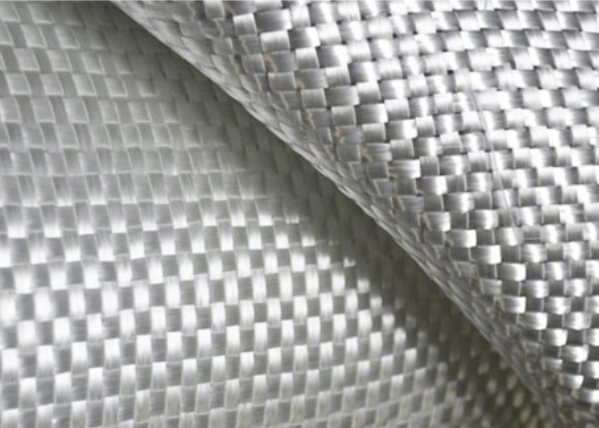Glass fiber composite fabrics are widely used in RTM (Resin Transfer Molding) and vacuum infusion processes, mainly in the following aspects:
1. Application of glass fiber composite fabrics in RTM process
RTM process is a molding method in which resin is injected into a closed mold, and the fiber preform is impregnated and solidified by resin flow. As a reinforcing material, glass fiber composite fabrics play a vital role in the RTM process.
- (1)Reinforcement effect: Glass fiber composite fabrics can effectively improve the mechanical properties of RTM molded parts, such as tensile strength, bending strength and stiffness, due to their high strength and high modulus characteristics.
- (2)Adapt to complex structures: RTM process can manufacture parts with complex shapes and structures. The flexibility and designability of glass fiber composite fabrics enable it to adapt to the needs of these complex structures.
- (3)Control costs: Compared with other composite molding processes, RTM process combined with glass fiber composite fabrics can reduce manufacturing costs while ensuring performance, and is suitable for large-scale production.
2. Application of glass fiber composite fabric in vacuum infusion process
The vacuum infusion process (including VARIM, etc.) is a method of impregnating the fiber fabric reinforcement material in the closed mold cavity under vacuum negative pressure conditions by using the flow and penetration of resin, and then curing and molding. Glass fiber composite fabric is also widely used in this process.
- (1)Impregnation effect: Under vacuum negative pressure, the resin can more fully impregnate the glass fiber composite fabric, reduce gaps and defects, and improve the overall performance of the parts.
- (2)Adapt to large thickness and large size parts: The vacuum infusion process has fewer restrictions on the size and shape of the product, and can be used for the molding of large thickness and large size structural parts, such as wind turbine blades, hulls, etc. Glass fiber composite fabric, as a reinforcing material, can meet the strength and stiffness requirements of these parts.
- (3)Environmental protection: As a closed mold molding technology, during the resin infusion and curing process of the vacuum infusion process, volatile substances and toxic air pollutants are confined to the vacuum bag film, which has little impact on the environment. As a pollution-free reinforcing material, glass fiber composite fabric further improves the environmental protection of the process.
3. Specific application examples
- (1)In the aerospace field, glass fiber composite fabrics combined with RTM and vacuum infusion process can be used to manufacture aircraft vertical tail, outer wing and other components.
- (2)In the shipbuilding industry, glass fiber composite fabrics can be used to manufacture hulls, decks and other structural parts.
- (3)In the wind power field, glass fiber composite fabrics are used as reinforcing materials and combined with vacuum infusion process to produce large wind turbine blades.
Conclusion
Glass fiber composite fabrics have broad application prospects and important value in RTM and vacuum infusion processes. With the continuous advancement of technology and continuous optimization of processes, the application of glass fiber composite fabrics in these two processes will be more extensive and in-depth.
Post time: Sep-11-2024


